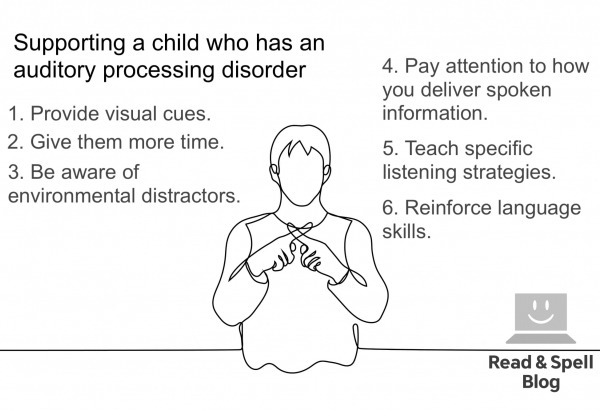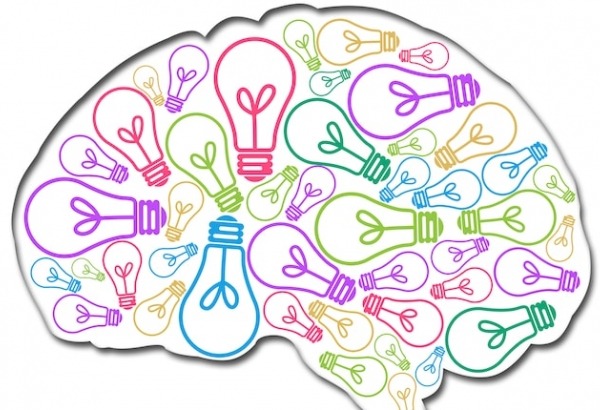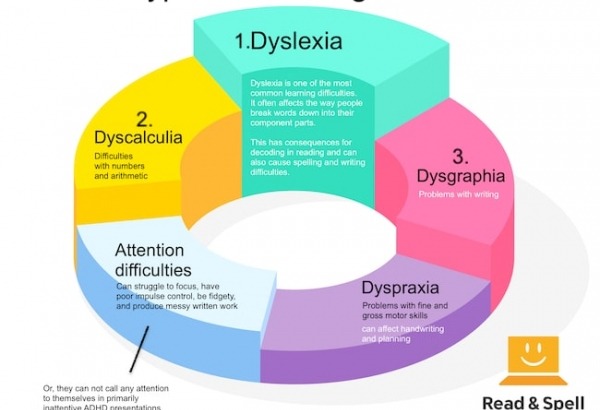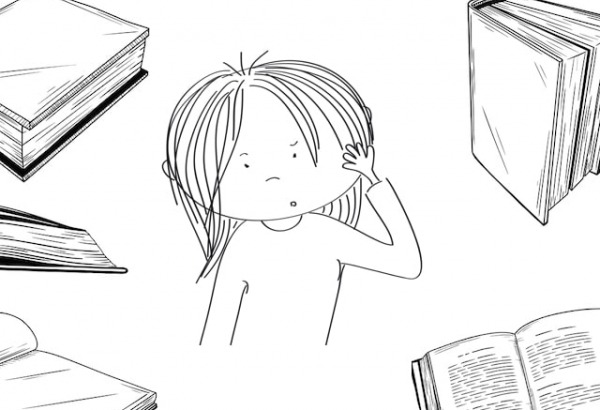Self-confidence vs self-esteem

The terms self-confidence and self-esteem are often conflated. Confidence is a measure of faith in one’s own abilities; esteem is about our sense of self. It involves both thoughts and emotions and influences how we perceive others and interact with the world.
When children have healthy self-esteem, they tend to be confident. Similarly, if a child has a negative self-view, which can be the case for learners with undiagnosed learning difficulties, it can cause them to lack confidence.
For school age children, an unrecognized learning difficulty can have serious consequences. Not only can it lead to falling behind in literacy skills development, but it quite often produces feelings of frustration, anxiety and anger. Believing they are somehow less intelligent or capable than their peers contributes to low self-esteem, which over time causes depression. It can also trigger avoidance of activities that bring on negative emotions.
A student may be labeled as “lazy” or “not trying” which further damages self-esteem and sets in motion a vicious cycle resulting in behavioral issues and acting out.
That’s why it is crucial for parents and teachers of children with learning difficulties to focus on enhancing students’ self-esteem, in addition to their confidence. There is no quick fix for an unhealthy self-image. Building self-esteem requires getting to know one’s self and accepting one’s strengths and weaknesses.
With a healthy self-image, it is possible to use coping strategies to work around challenges, improve literacy skills and regain confidence in reading and writing.
Self-confidence
Confidence is about knowing what we can and can’t do and trusting in our abilities. Children who are self-confident may be more willing to take on challenges as well as to take responsibility for their actions. They can experience failure and vow to try harder in future endeavors. Of course, the more learners are successful, the more confidence they gain.
For students with learning difficulties, consistently underperforming on tasks that involve literacy skills, earning poor marks on assignments, and receiving negative feedback from teachers can undermine self-confidence. In particular, dyslexic individuals often experience a degree of inconsistency in their performance, spelling a word correctly one day and incorrectly the next.
This heightens anxiety and makes them even less confident in their ability to perform. A University of Michigan article cites the tendency for children with learning difficulties to see their successes as luck and their failures as faults in their own abilities (1).

Self-esteem
If confidence is a matter of trust, esteem is an assessment of value. It is possible for an individual to be confident in certain areas of his or her life and still have low self-esteem. For example, an athlete who trusts him or herself on the playing field but isn’t confident in the classroom may secretly believe he or she is not intelligent.
A willingness to take on new challenges in sports might distract educators from avoidance of schoolwork and lead to continued poor performance on academic tasks.
Often children with learning differences struggle with both low self-esteem and a lack of self-confidence. When everyone else is doing well but you are not you may come to see yourself as “stupid” or somehow “less capable.” In worst-case scenarios, this can cause learners to drop out of school and struggle with depression well into adulthood.
The tragedy is that people with learning difficulties simply learn in a different way and adjusting classroom activities to fit their unique learning style can make all of the difference.
How to help
Self-esteem is restored when learning differences are recognized and poor performance issues are attributed to a mismatch of learning style and lessons vs a failure to try hard enough or a lack of intelligence in the child.
It is especially important for parents and teachers of students who struggle with dyslexia, dysgraphia and dyscalculia, along with other conditions that can negatively affect learning, including dyspraxia, slow-processing, and ADHD, to concentrate on building students’ self-esteem and providing opportunities for them to build up their self-confidence.
Here are some tips to keep in mind:
Be realistic.
Expecting a dyslexic student to master the spelling of advanced vocabulary lists overnight is both unrealistic and unfair. It may take concentrated study, strategy instruction and plenty of repetition in order to achieve progress. Make sure both you and the student are on the same page, particularly during strategy interventions. This keeps expectations in check and avoids any disappointment that could get in the way of them regaining confidence in their abilities. Learn more about spelling strategies for dyslexia and how to encourage learners with dyslexia to engage in strength finding activities.
Be patient.
Attitude and self-image won’t change overnight. A shift in self-esteem and enhanced self-confidence will come from gradual progress and the accumulation of consistent results. Motivation to learn can speed things along, but it’s important to ensure it comes from within the learner and is not just related to external rewards.
Be flexible.
Some learners simply need more time, repetition, or a different approach to achieve the same results. Understand that no two individuals with a specific learning difficulty experience the same set or degree of symptoms and get to know your learners so you can help tailor lessons to their unique learning style.
Be positive.
Provide praise and encouragement and try to avoid making negative comments. Students who struggle with learning difficulties may be used to receiving mostly negative feedback concerning their approach, performance or schoolwork. Hearing plenty of “good job’s,” “nice going’s,” and “I really liked how you...” can change a student’s day and help them to start thinking about themselves and their abilities in a more positive light.
Be truthful.
Recognize them for their achievements but avoid providing exaggerated praise. That’s because this can do more damage to a student’s self-esteem than good, particularly when the false praise is obvious to the individual.
The more a student is valued and praised, the higher they will begin to think of themselves. The more they enjoy success in academic tasks, the more confident they will become.
Create opportunities for success
A great way to ensure success is by breaking complex tasks into smaller and more manageable steps that individuals can work through one at a time and repeat if necessary. A self-directed learning course is helpful in this respect as it teaches a child to have faith in his or her own abilities.
This can be a program that teaches a secondary skill, like touch-typing. In this way, the student receives reinforcement of spelling, sight-reading and phonics knowledge without the stigma of needing extra help due to poor performance.
Remember that aptitude is something that can be improved through targeted training. When students are in control of their own learning and have a better understanding of what they can and can’t do, it sets them up for success.
Touch-type Read and Spell
Touch-type Read and Spell teaches touch-typing while reinforcing literacy skills. It has been successfully used to restore confidence and build self-esteem in learners of all ages and ability levels because it was designed with students with learning difficulties in mind. Modules are short and low-difficulty and can be taken repeatedly until higher scores are achieved. Modules are encompassed within levels and subjects offer further learning opportunities in mathematics, science and English.
Moreover, students proceed through the course at a pace that is right for them, receiving plenty of positive feedback and encouragement along the way and gradually building skills that will help them when it comes to reading and writing for classroom assignments.
For learners who struggle with dyslexia
TTRS is a program designed to get children and adults with dyslexia touch-typing, with additional support for reading and spelling.
Chris Freeman
TTRS has a solution for you
An award-winning, multi-sensory course that teaches typing, reading and spelling

How does TTRS work?
Developed in line with language and education research
Teaches typing using a multi-sensory approach
The course is modular in design and easy to navigate
Includes school and personal interest subjects
Positive feedback and positive reinforcement
Reporting features help you monitor usage and progress














